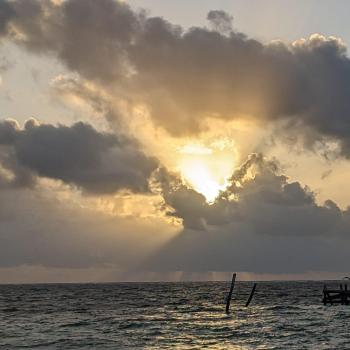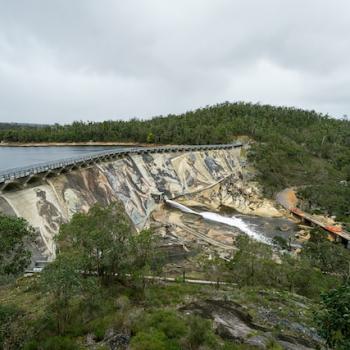And there, in the half-light,
the one song beneath our names
kept the last note in the air longer
and the night opened and without
a word, we loved each other…
Consider the nature of a flute as a metaphor for how experience carves its holes in us, all for the chance to have the breath of life pass through us and make music in the world. Each being on earth is worn to such a flute, and each of us releases our unique song of spirit through the holes carved by our experience through the years.
Since stumbling on this notion, I haven’t been able to stop thinking about flutes, even dreaming about them. And just today, I woke with an image of prehistoric beings carving holes in bones, trying to release their music. It sent me searching for the beginning of flutes. To my amazement, I found that three carved bones are among the oldest known musical instruments: a flute dated 37,000 years ago, made from the long curved tusk of a Russian mammoth, found in the Swabian Alb in Germany, a plateau rising toward the higher mountains of the Black Forest; a seven-hole flute, dated 36,000 years ago, made from a swan’s bone, found in the Geissenklosterle Cave in Germany; and another dated about 50,000 years ago, made from the bone of a juvenile cave bear, found in Slovenia.
Given the rigors of their existence, what made these prehistoric beings devote so much time and energy to carving holes in animal bones? What made them first dream that breathing through the carved out bones would release music? It hardly seems practical or useful. Yet that they did, that these ancient instruments have been found, affirms that, even then, there was more to life than gathering sticks and cooking food. Even then, we had some intuitive image of how experience carves us and plays us, if we can only endure and listen.
Along the way, many of the wise have spoken to the carving of holes and the releasing of music. It was Thoreau who said, “The cost of a thing is the amount of what I call life which is required to be exchanged for it, immediately or in the long run.” Doesn’t he speak to the cost of being carved open? And earlier, St. Augustine said, “We come to God by love, not by navigation.” Doesn’t he speak to the breath of life rising through our wounds once we can surrender? Don’t these two instructions lead us to each other? Isn’t the cost of experience the amount of life given up in order to go on? And isn’t the way to God beyond all compass-work, in the wearing down of our will into the acceptance of love?
It seems the heart of it is to find the flute we each are hiding, carrying, being carved into. And hearing the music of life pass through our wounds and openings is how facing each other can make every stranger known. I wish I could have known the heart of that speechless pilgrim who carved the seventh hole in the bone of a swan 36,000 years ago. Somehow, I know we are the same. For experience is the best principle. Listening is the best way of knowing. Involvement is the best persuasion. Compassion is the best way of interpreting suffering. And love, the music rising from every human flute, is the best way to decipher the meaning of life.












